Phylum Chordata Rank Species | Suborder Lacertilia Scientific name Dipsosaurus dorsalis Higher classification Dipsosaurus Order Scaled reptiles | |
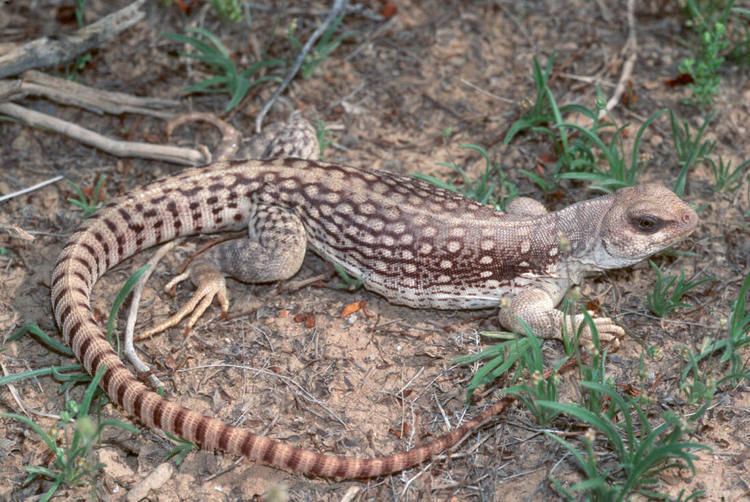 | ||
Genus DipsosaurusHallowell, 1854 Similar Reptile, Chuckwalla, Iguanidae, Sauromalus ater, Desert horned lizard | ||
Northern desert iguana 4k uhd
The desert iguana (Dipsosaurus dorsalis) is one of the most common lizards of the Sonoran and Mojave deserts of the southwestern United States and northwestern Mexico. They also occur on several Gulf of California islands. Their color is mostly grey and tan.
Contents
- Northern desert iguana 4k uhd
- Desert iguana setup 2016
- Taxonomy
- Description
- Habitat
- Diet and reproduction
- References
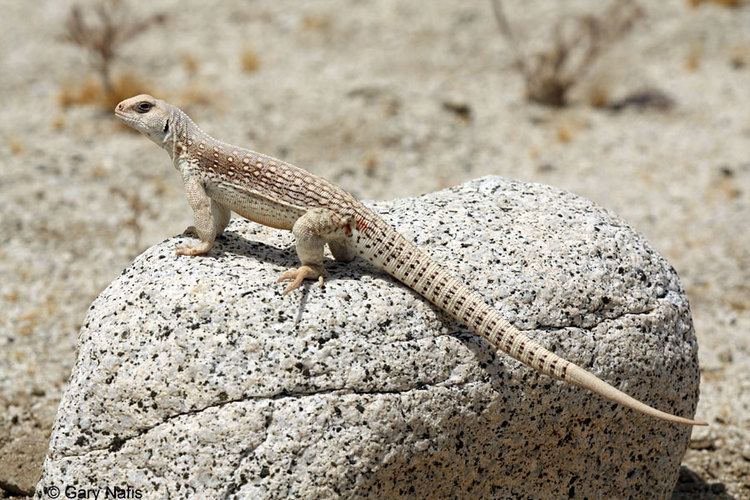
Desert iguana setup 2016
Taxonomy

The species was first described in the Catalog of North American Reptiles, by Spencer Fullerton Baird and Charles Frédéric Girard, in 1859 as Crotaphytus dorsalis it was reclassified two years later as Dipsosaurus dofus dorsalis by Edward Hallowell. The generic name comes from a combination of two Greek words meaning "hungry lizard": "Dipsa" (δίψα) for "thirsty", and "sauros" (σαῦρος) for "lizard". The specific name, "dorsalis", comes from the Latin word dorsum meaning "spike", in reference to a row of enlarged keeled scales on the middle of the lizard's back which form a crest that extends almost to the tip of its vent. Dipsosaurus is a monotypic genus with D. dorsalis being its only recognized species.
Description
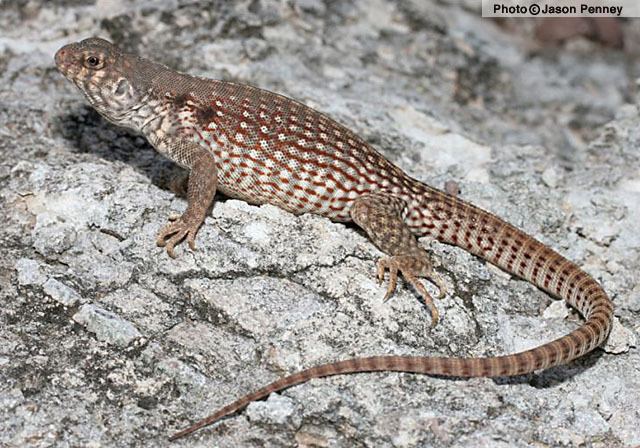
The desert iguana is a blunt, medium-sized lizard which grows to 61 cm (24 in) including the tail. They are pale gray-tan to cream in color with a light brown reticulated pattern on their backs and sides. Down the center of the back is a row of slightly-enlarged, keeled dorsal scales that become slightly larger as you move down the back. The reticulated pattern gives way to brown spots near the back legs, turning into stripes along the tail. The tail is usually around 1½ times longer than the body from snout to vent. The belly is pale. During the breeding season, the sides become pinkish in both sexes.
Habitat
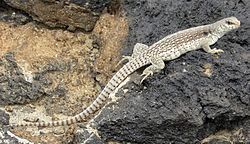
Their preferred habitat is largely contained within the range of the creosote bush, mainly dry, sandy desert scrubland below 1,000 m (3,300 ft). It can also be found in rocky streambeds up to 1,000 m. In the southern portion of its range this lizard lives in areas of arid subtropical scrub and tropical deciduous forest.
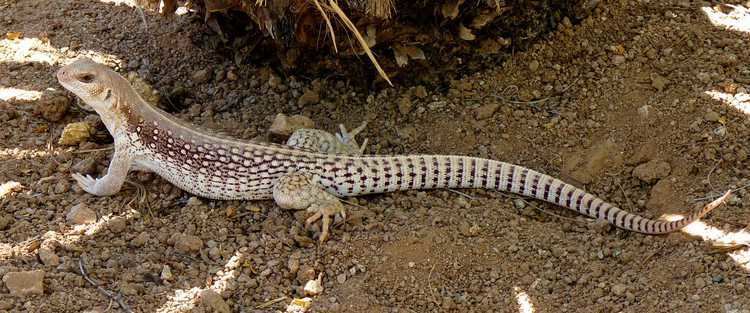
These lizards can withstand high temperatures and are out and about after other lizards have retreated into their burrows. They burrow extensively and if threatened will scamper into a shrub and go quickly down a burrow. Their burrows are usually dug in the sand under bushes like the creosote. They also often use burrows of kit foxes and desert tortoises.
Diet and reproduction
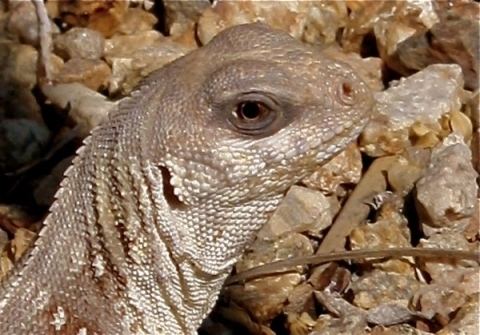
Mating takes place in the early spring. It is believed that only one clutch of eggs is laid each year, with each clutch having 3-8 eggs. The hatchlings emerge around September.
Desert iguanas are primarily herbivorous, eating buds, fruits and leaves of many annual and perennial plants. They are especially attracted to the yellow flowers of the creosote bush. Predators of these iguanas and their eggs are birds of prey, foxes, rats, long-tailed weasels, some snakes, and humans.
